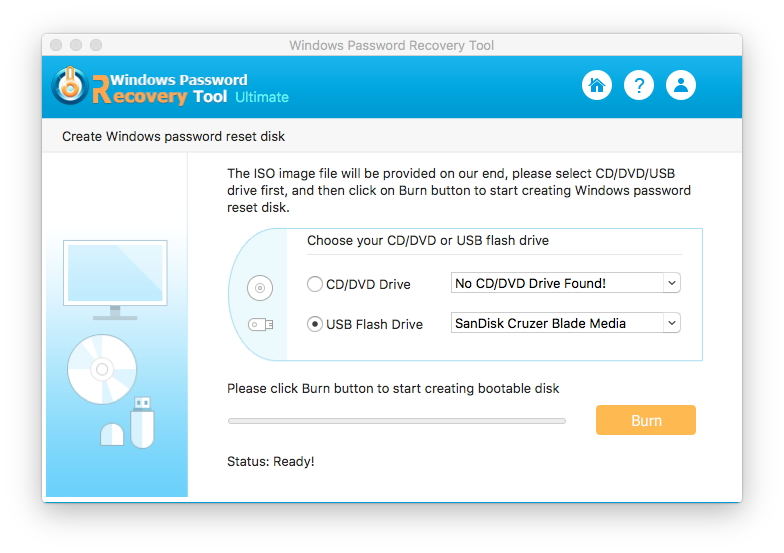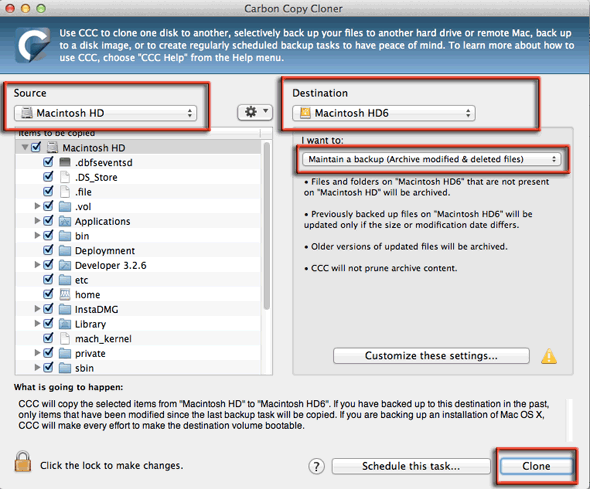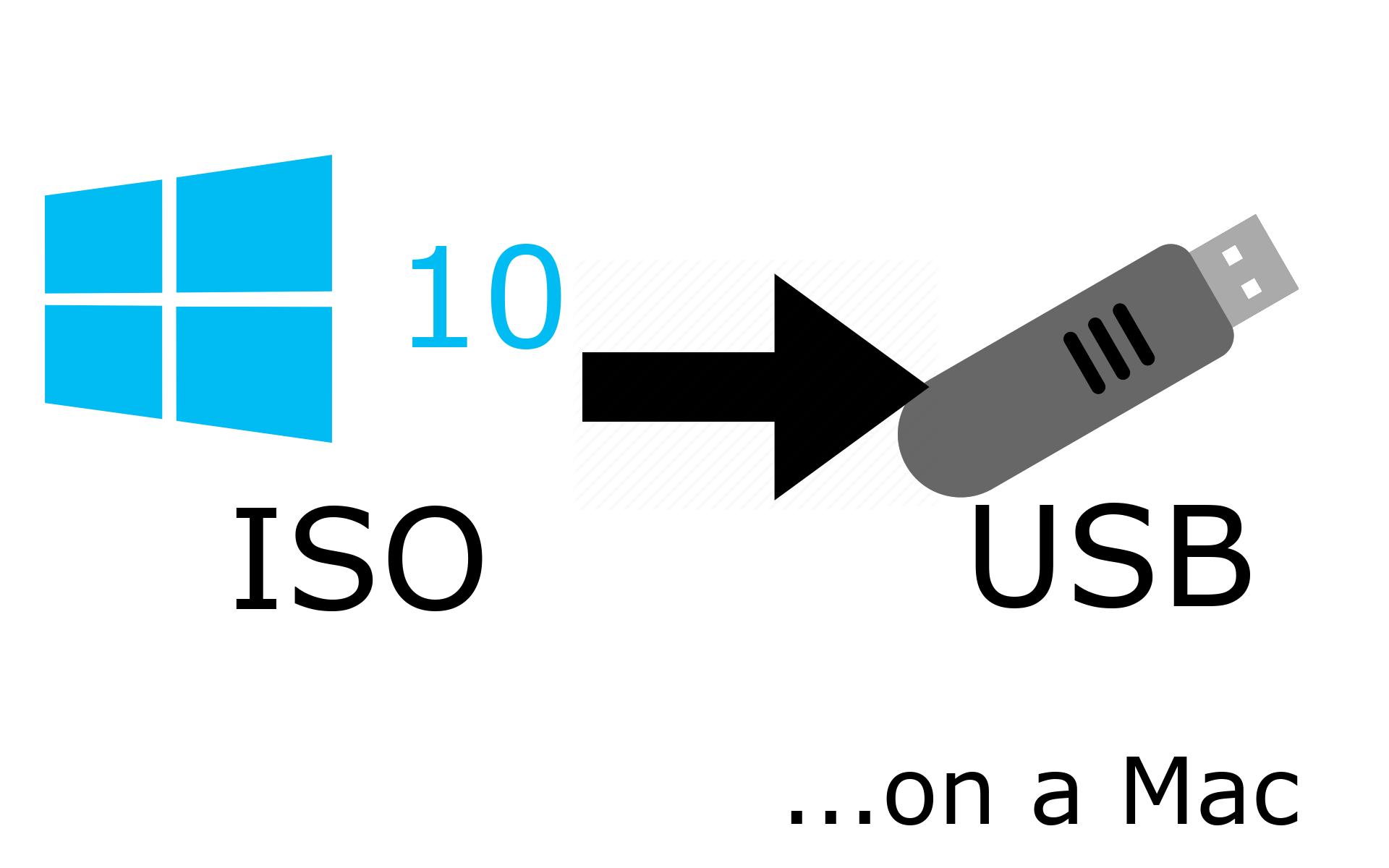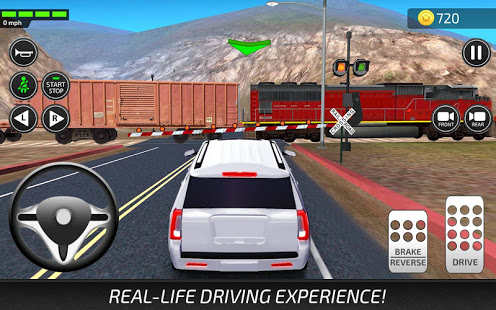By default, Mac starts from its built-in hard disk, but a startup disk can be any storage device that contains bootable contents that compatible with your Mac. For example, if you install macOS or Microsoft Windows on a USB drive, your Mac can recognize that drive as a startup disk. This guide provides 2 ways to boot a Mac from a USB flash drive.
Requirement
Downloaded.dmg file on Mac, run and install. This one refuses to run the file. I downloaded TransMac on my other PC and made the USB bootable from that, using the same.dmg file that worked previously. The only other solution that i can thin of is to put this HD into the other Mac and try to install it there. When it’s done, insert your USB drive into any Mac, then launch the installer by holding down the Option key when you boot up your computer. G/O Media may get a commission Charcoal Jacquard.

Starting up your Mac from an external disk requires the following:
- Intel-based Mac.
- Bootable USB thumb drive formatted with a GUID partition type and containing an OS X installer or a usable operating system.

Let’s see how to boot a Mac from a bootable USB drive and what to do if your Mac doesn’t start up from it.
Way 1: Boot Mac from USB Drive using Startup Manager
Getting your Mac to load from a USB drive is fairly straightforward. Use the following steps, you can easily set Mac boot from an external drive in Startup Manager, so it’ll only boot from USB that one time.
Step 1: Insert the USB boot media into a USB slot.
Step 2: Turn on your Mac (or Restart your Mac if it’s already on).
Step 3: Press and hold the Option key immediately after you see the Apple logo. Holding that key gives you access to OS X’s Startup Manager. Once the Startup Manager screen appears, release the Option key. The utility will look for any available drives that include bootable content.
Step 4: Using either the pointer or arrow keys on the keyboard, select the USB drive you wish to boot from. Once selected, either hit the Return key or double-click your selection. The machine will start to boot from the USB drive.
Way 2: Set a Mac Boot from USB Drive using Startup Disk
When you use Startup Disk preferences to set Mac boot from an external drive, so it’ll boot from that disk until you choose a different one. Here is how:
Step 1: Go to Apple menu > System Preference, then click Startup Disk.
Step 2: Click the locked icon and then enter your administrator password.
Where can i download adobe cs6. I have a Mac Mini running Mountain Lion and I use InDesign, Illustrator, and Photoshop, all CS6 version (those are the newest versions I have of those programs). I would like to upgrade to a newer Mac OS but I want to make sure I don't lose the use of my Adobe programs.

Step 3: Select External drive as the startup disk, then restart your Mac.
What to do if your Mac does not boot from the selected drive
If you see a message prompts that your security settings do not allow this Mac to use an external startup disk, check the External Boot setting in Startup Security Utility, and then allow your Mac to use an external startup disk.
Step 1: Open Startup Security Utility.
Turn on your Mac, then press and hold Command (⌘) + R immediately after you see the Apple logo. Your Mac starts up from macOS Recovery. When you see the macOS utility window, choose Utilities > Startup Security Utility from the menu bar. When you’re asked to authenticate, click Enter macOS Password, then choose an administrator account and enter its password.
Create A Usb Boot Disk For Mac Os X Lion
Step 2: Select “Allow booting from external media“.
If you want to select an external startup disk before restarting your Mac, quit Startup Security Utility, then choose Apple menu > Startup Disk.
Note: If you’re using Boot Camp in a dual-boot Windows/OS X environment, you may be unable to boot negatively into supported versions of Microsoft Windows XP, Windows Vista or Windows 10 operating systems installed on external USB hard drive.
Make sure disk has been formatted with a GUID partition type
Intel-based Macs support starting from an external USB storage device’s volume that has been formatted with a GUID partition type. If you wish to boot from the drive, it’s important to format the partition as “GUID Partition Table” rather than either of the other two ahead of time when you use that drive as a bootable drive.
Make sure your disk is bootable
Volumes that aren’t bootable and don’t contain a copy of a valid operating system aren’t listed in Startup Disk or Startup Manager. Make sure the external drive you’re trying to start from contains a usable operating system.
If you own a Mac and would like to run Windows on your device, you will need to create a Windows 10 bootable USB. You can use your Mac, even if it is running Mac OS to create this. It can also be useful if you want to install Windows on a new PC that you have built or if you have replaced the hard drive on your PC and you need to reinstall Windows 10. There is a range of other reasons as to why you may need to create a Windows 10 bootable USB. This article will show you how to create a Windows 10 bootable USB in 4 different ways.
Method 1: Use Boot Camp Assistant on Mac
In order to create a bootable USB using Boot Camp, you will require a USB that has 16GB of storage, or more. Please note that Boot Camp is not supported in macOS Mojave and later.
Insert a USB drive into your Mac.
Open Bootcamp Assistant on your Mac. Sacred for mac download.
Tick the box for 'create a Windows 7 or later version install disk' and uncheck the 'Install Windows 7 or later version' option. Then click on continue.
Download a Windows 10 .iso file from the Microsoft website or another reliable site. Keep this in a location that is easily found (such as the Downloads folder).
Bootcamp will locate the downloaded iso file automatically however if it is not found, you can use the'choose' button to locate it manually.
Click on Continue and wait until the USB is formatted and set up to become a bootable drive.
Once the process has been completed by the Bootcamp Assistant, the USB will have been renamed. You can now quit Bootcamp and then Eject the USB to safely remove it.
This will have created a Windows 10 bootable USB using a Mac that can now be used on your PC.
Method 2: Use Disk Utility on Mac
If you are running an older version of Mac, you can use the built-in Disk Utility app to create a Windows 10 bootable USB drive. As this is only compatible with older versions of Mac OS, it is recommended that you use an alternative method.
Plug in your USB and open the disk utility tool.
Right-click on your USB drive on the left and format the drive (which will remove all the data) with MS-DOS (FAT).
Drag the Windows ISO file to the USB drive and the ISO file will begin to write on the USB.
How To Create A Usb Boot Disk For Mac
Method 3: Use UNetbootin on Mac
UNetbootin is free to use and allows you to make a bootable USB drive for Windows 10 using your Mac. Again, like the first method, you will need a USB drive (with a capacity of 16GB as a minimum recommendation) and you will also need to download the .iso file and keep it in a memorable location.
Plug in your USB drive into your Mac.
Open Disk Utility and select your USB drive on the left. Click on the info button and write down the device name.
Download and install the UNetbootin utility.
Choose the 'Diskimage' button and then click on the '…' button to select the iso file that you have downloaded.
Set the Type as USB Drive and select the device name of your USB drive that you have noted down earlier.
Click OK and wait for the USB to be formatted to a bootable drive.
Method 4: Use Terminal on Mac
The Terminal app is more complicated to use than other methods however it does not require you to use a third-party application in order to create a Windows 10 bootable USB drive. Again, you will need a USB drive.
Connect your USB drive to the Mac and then launch Terminal.
Type 'diskutil list' and hit the enter/return key to see a list of all connected drives.
Identify your USB drive and note down the name, such as disk3.
Run the command 'diskutil eraseDisk MS-DOS 'WINDOWS10' GPT disk3' without the quotation marks and you can replace the '3' at the end with the correct number.
Download the iso file for Windows 10 and save it in the Downloads folder if it hasn’t been saved there already.
Mount the .iso image by using the command 'hdiutil mount ~/Downloads/WINDOWS10IMAGE.iso' where you can replace the 'WINDOWS10IMAGE with the name of your downloaded file. Note the name of the mounted iso, which can be found by looking at the terminal. It will be similar to /Volumes/MOUNTED-NAME.
Next, run the command 'cp -rp /Volumes/MOUNTED-ISO/* /Volumes/WINDOWS10/' where you can replace MOUNTED with the name of your mounted ISO.
Once the command has finished and your files have been moved over to the USB drive, you will need to run the command 'hdiutil unmount /Volumes/MOUNTED-ISO', again replacing the word MOUNTED with the correct name.
Close the terminal and eject your USB drive. This can now be used as a bootable drive.
Additional Tip: One Click to Create Windows 10 Bootable USB to Reset Password
If you want to create Windows 10 bootable USB to reset the login password, we recommend a very easy to use tool to you. It is Passper WinSenior. This is only compatible with Windows however it is much easier than using the above methods which require you to complete most of the work. WinSenior automatically completes the process for you so there is a much lower risk of failing when trying to create a Windows 10 bootable USB drive. This is the recommended method when using third-party software. As this tool is extremely easy to use, it can be used by anyone. This is because you do not need any expert knowledge in how Windows works in order to reset a password.
Check more details here to know how to use Passper WinSenior.
